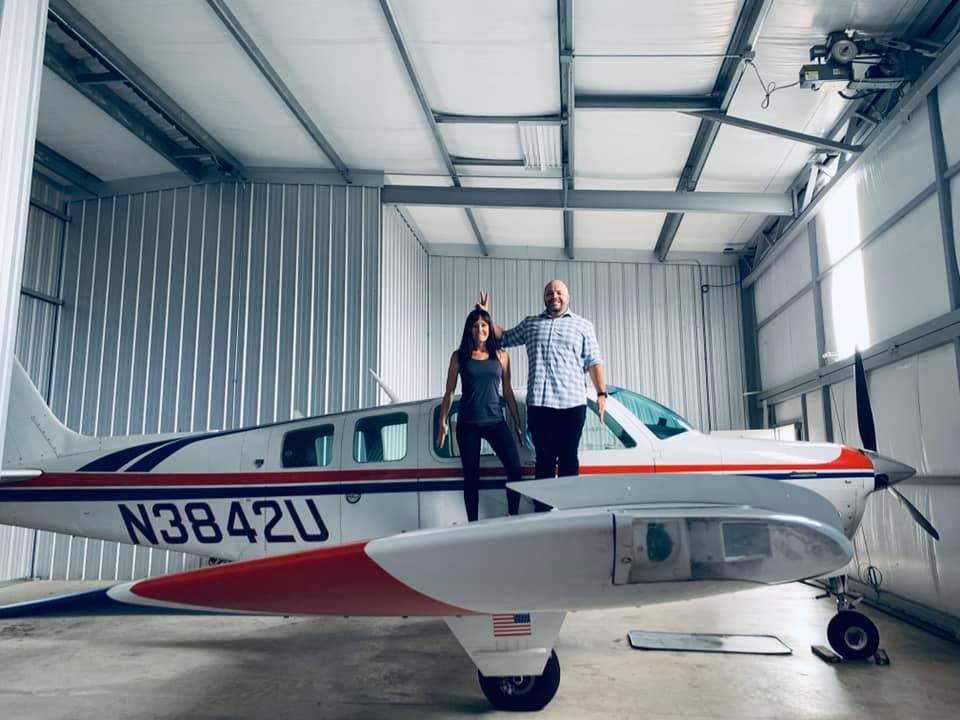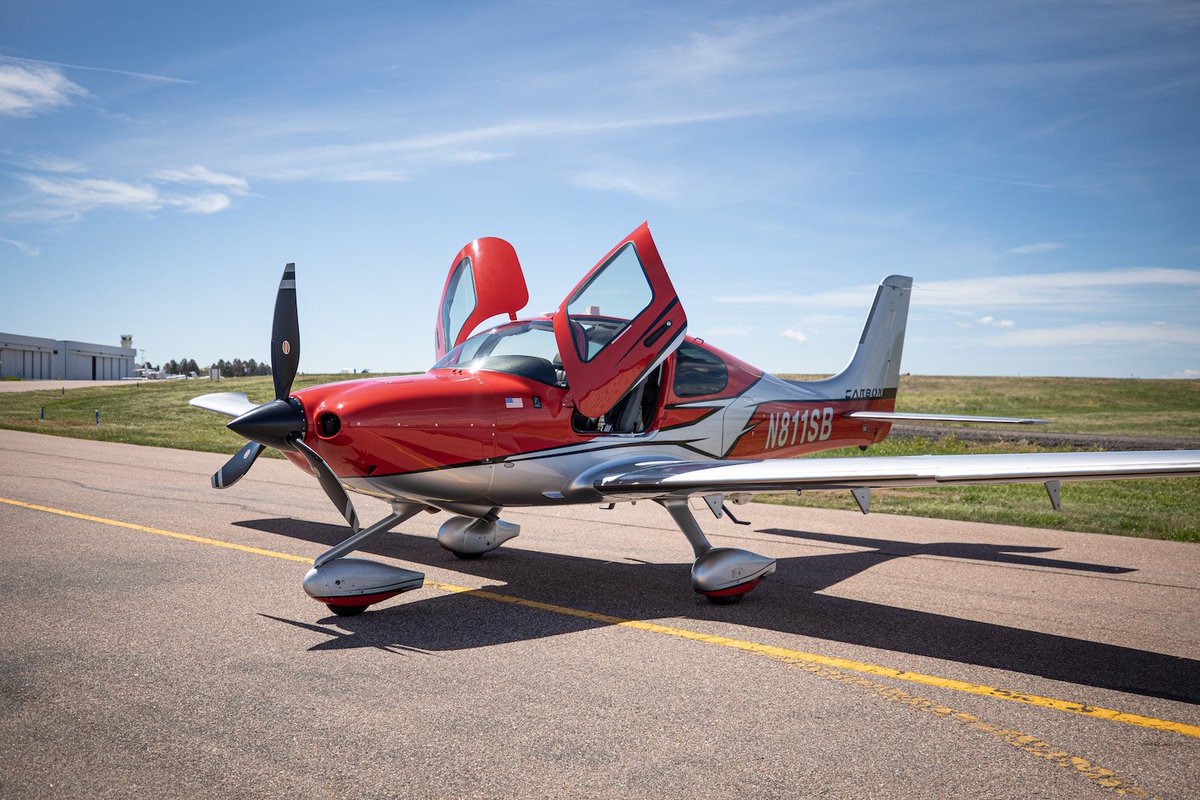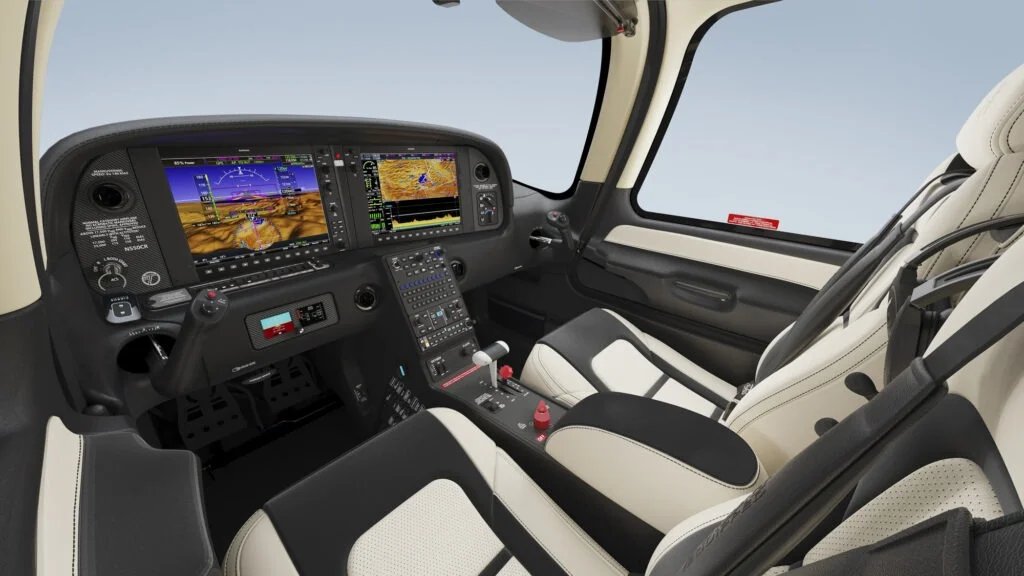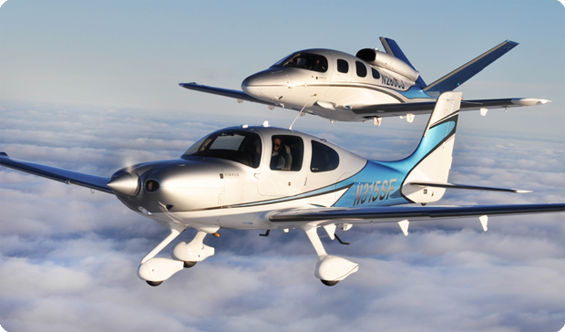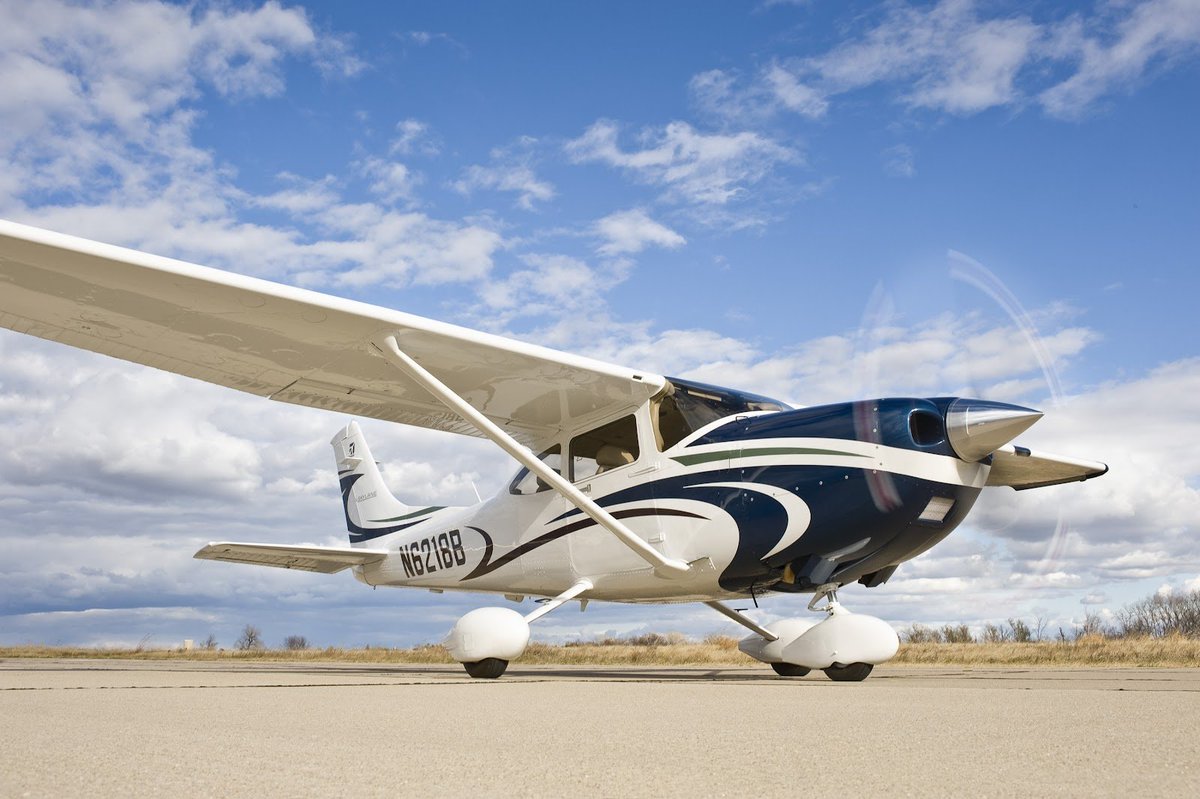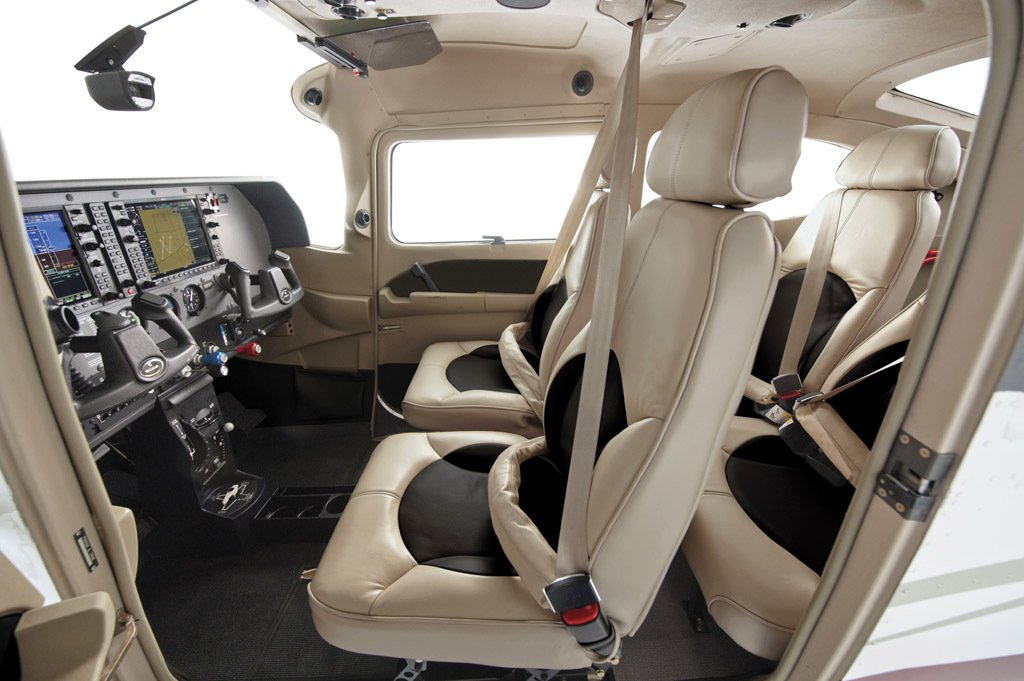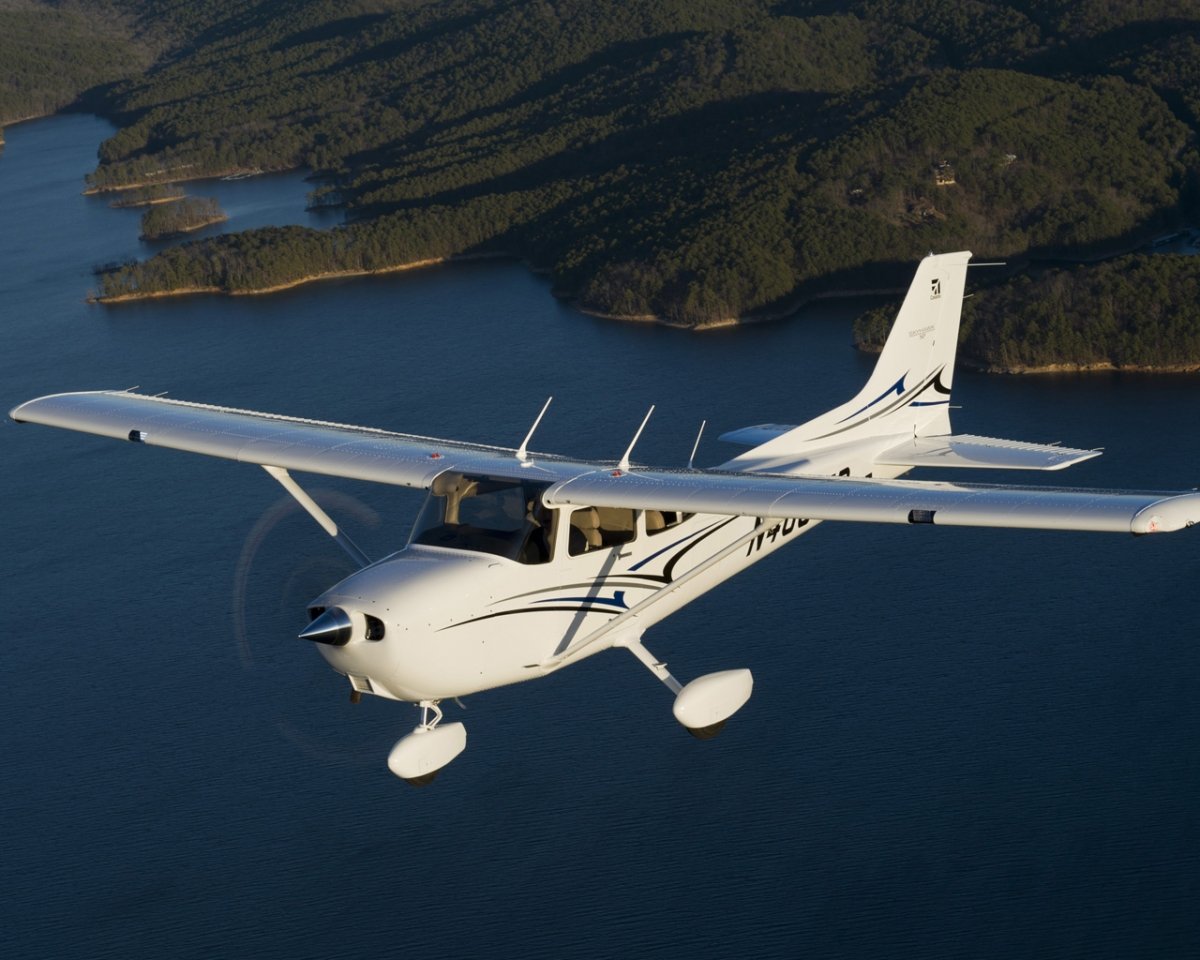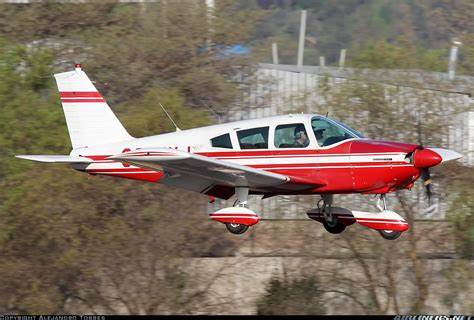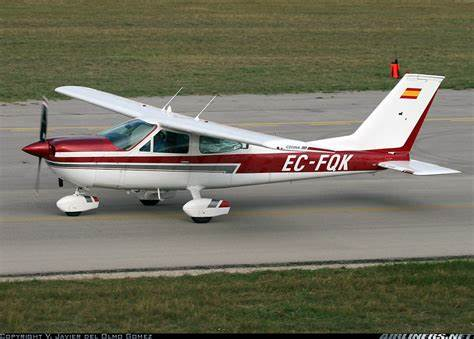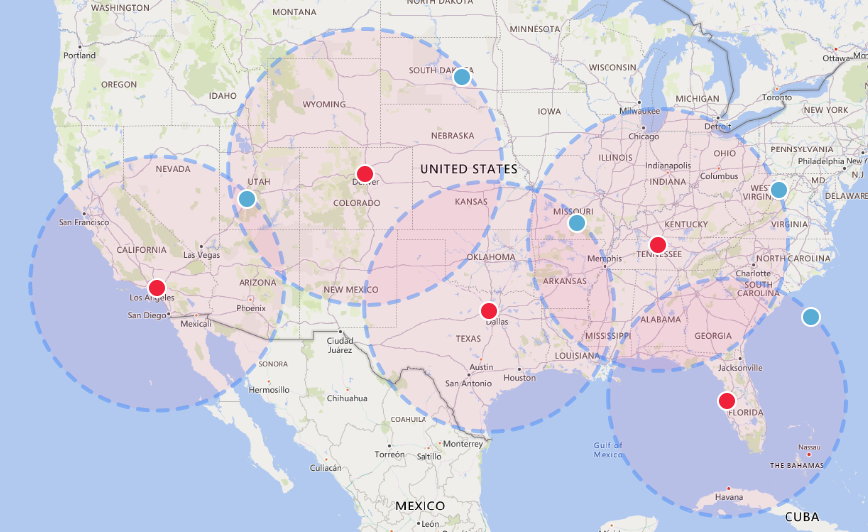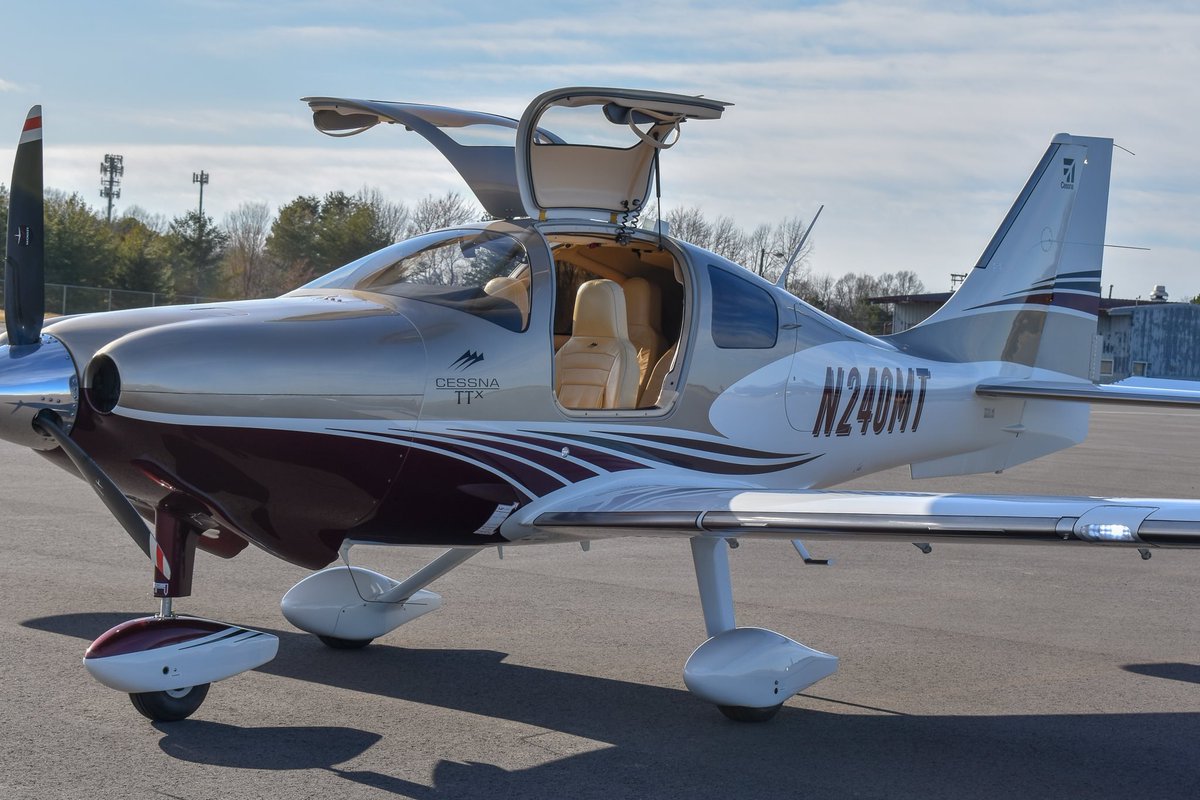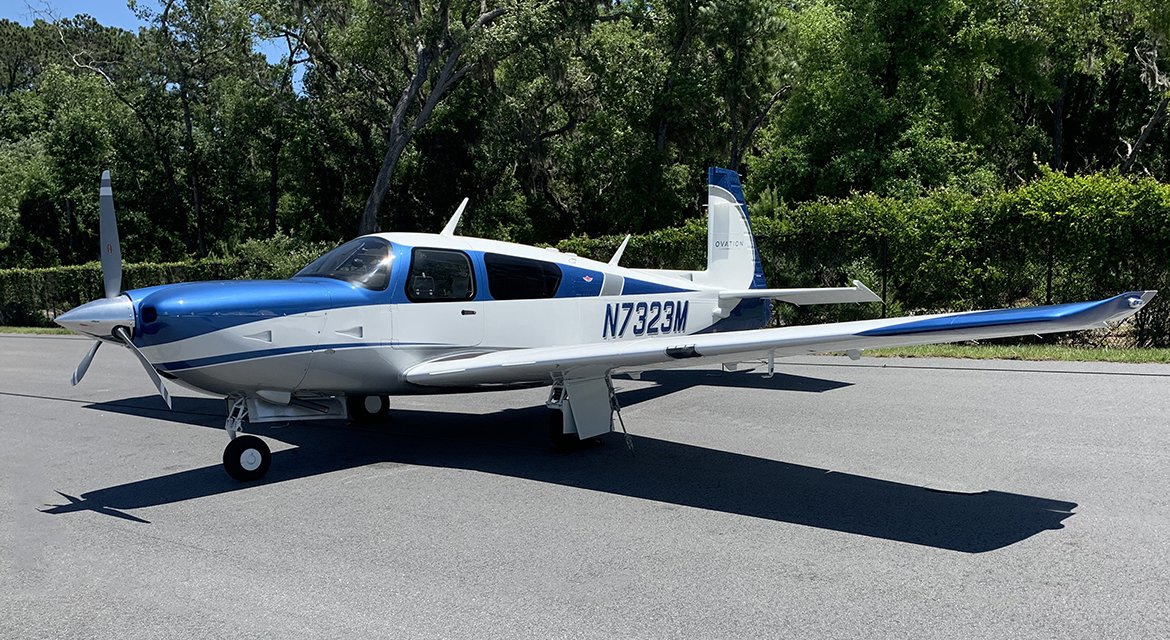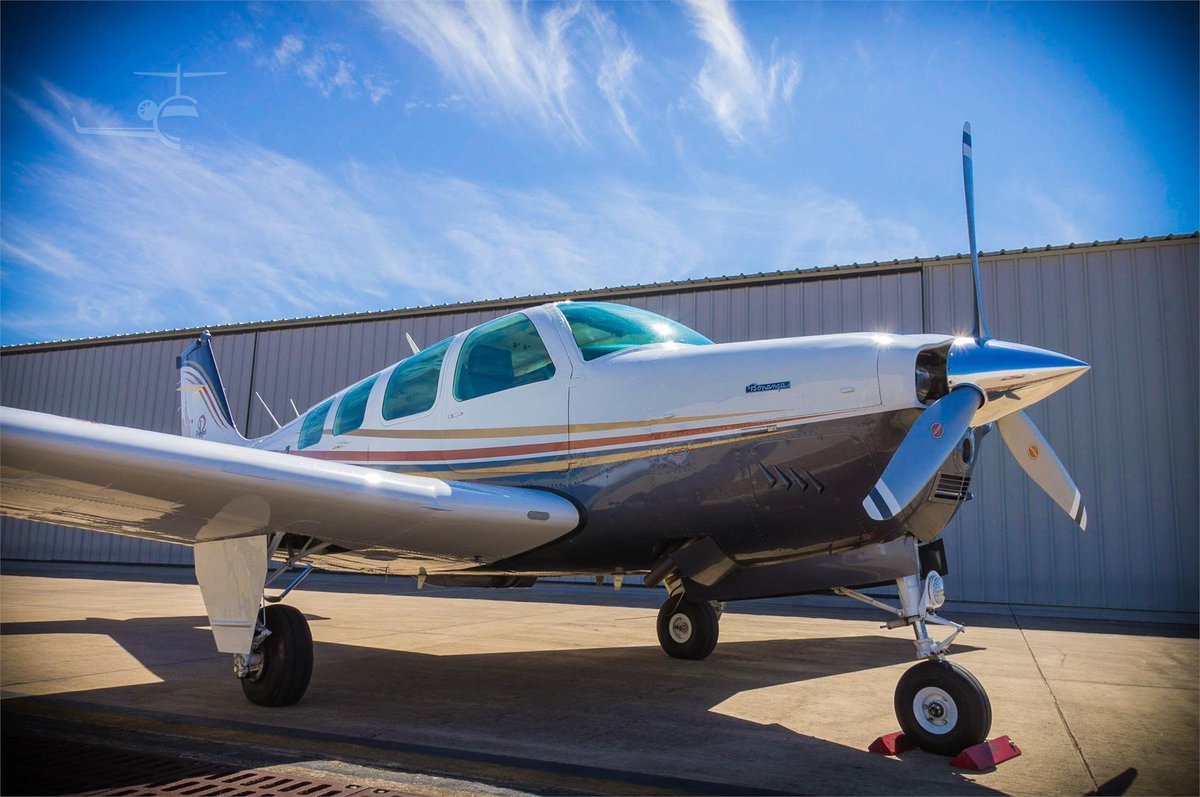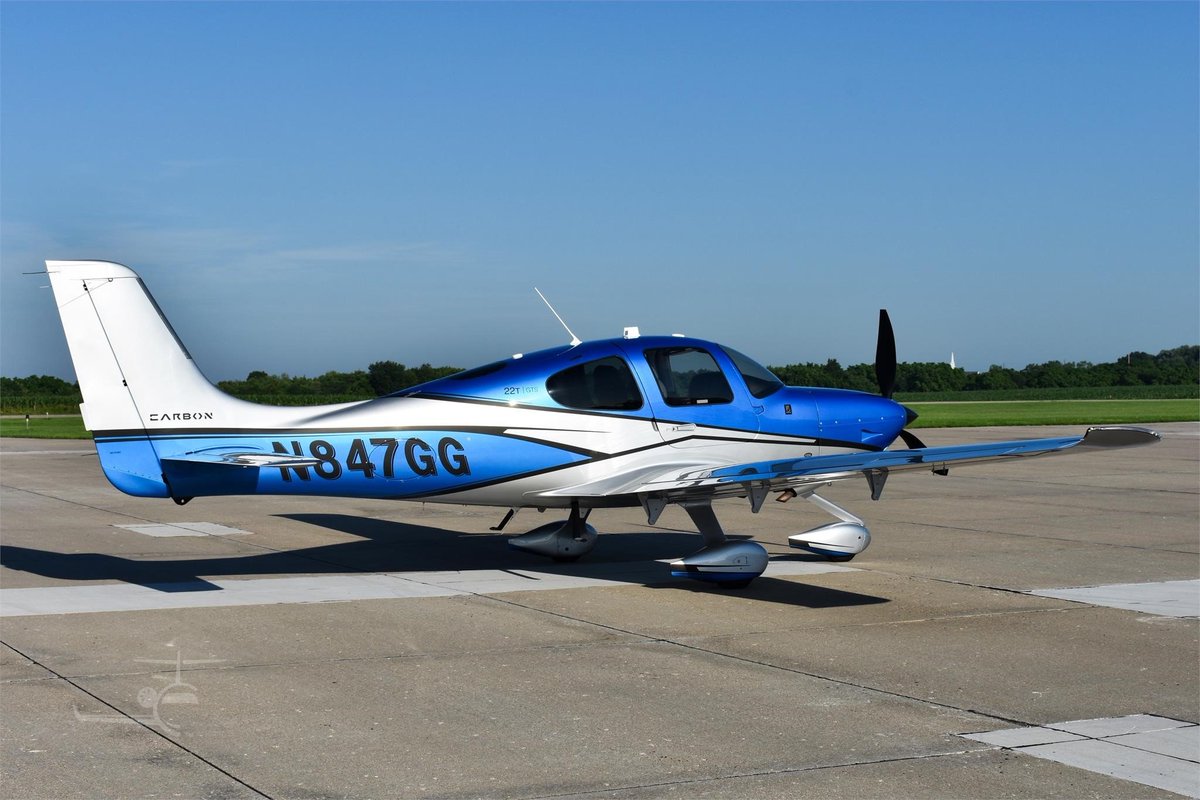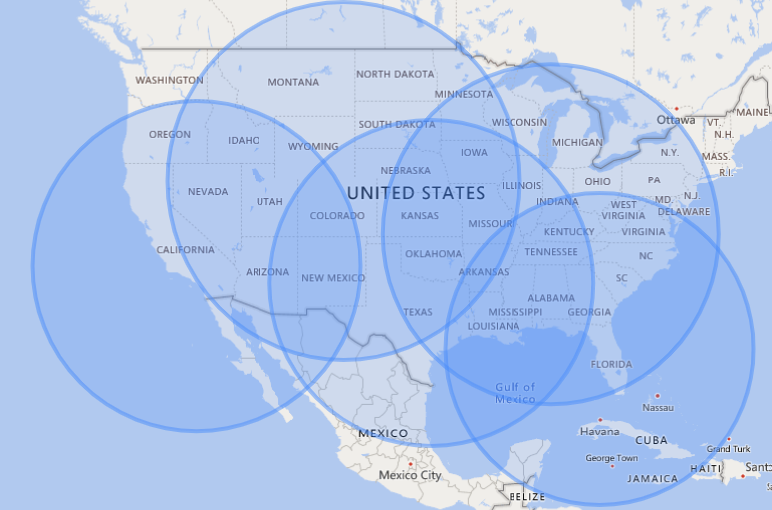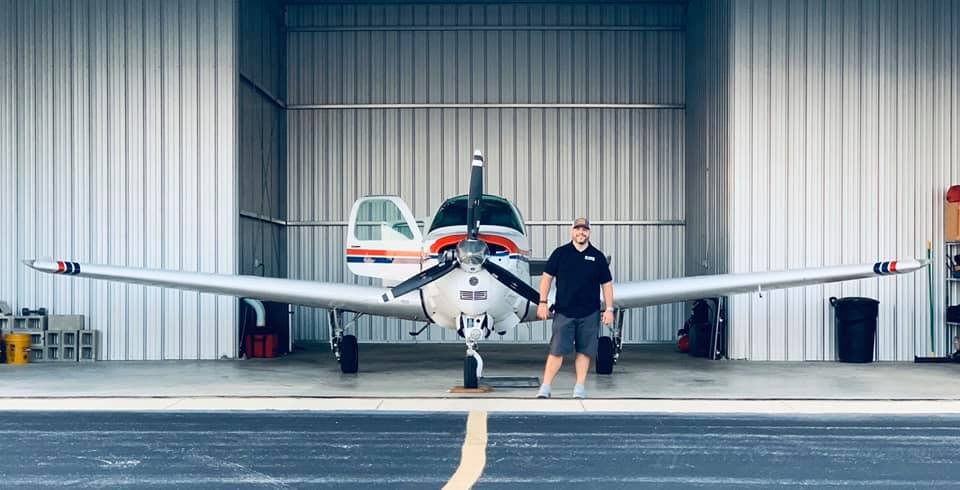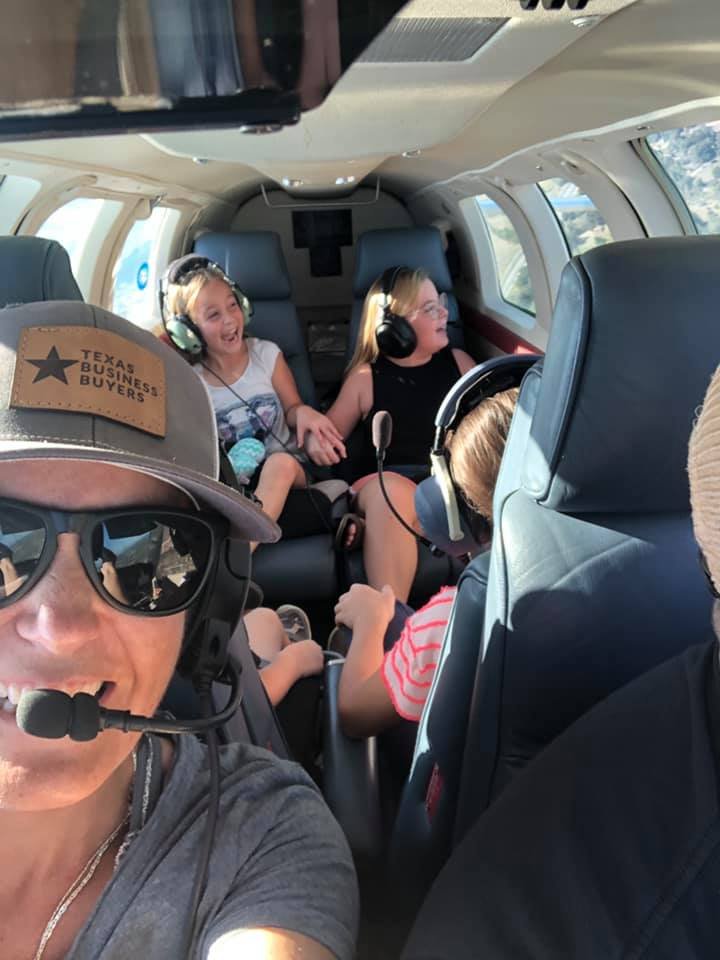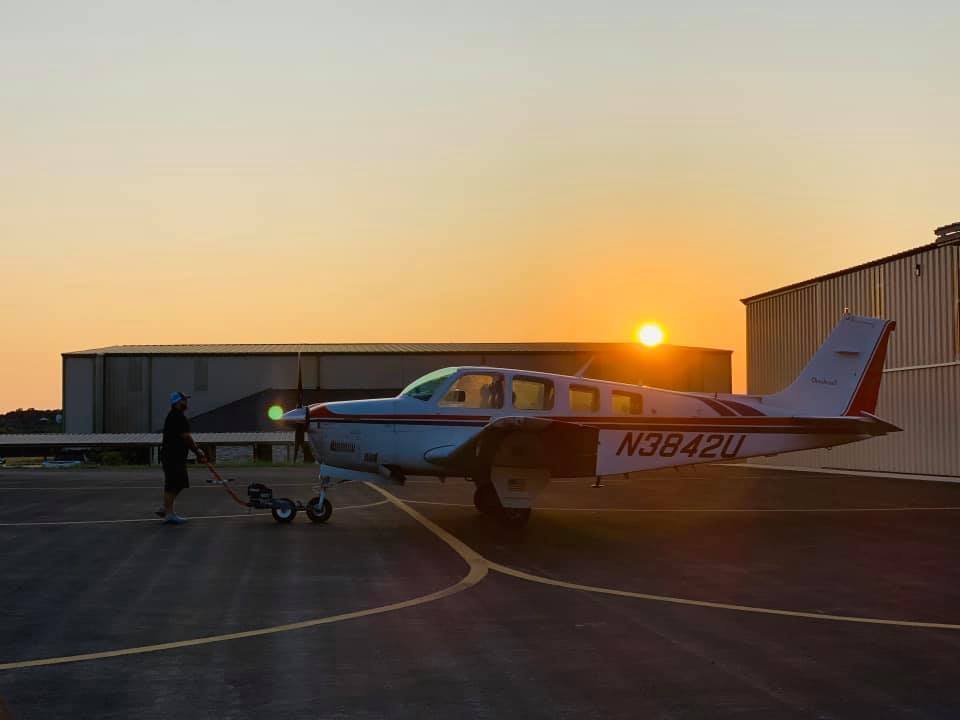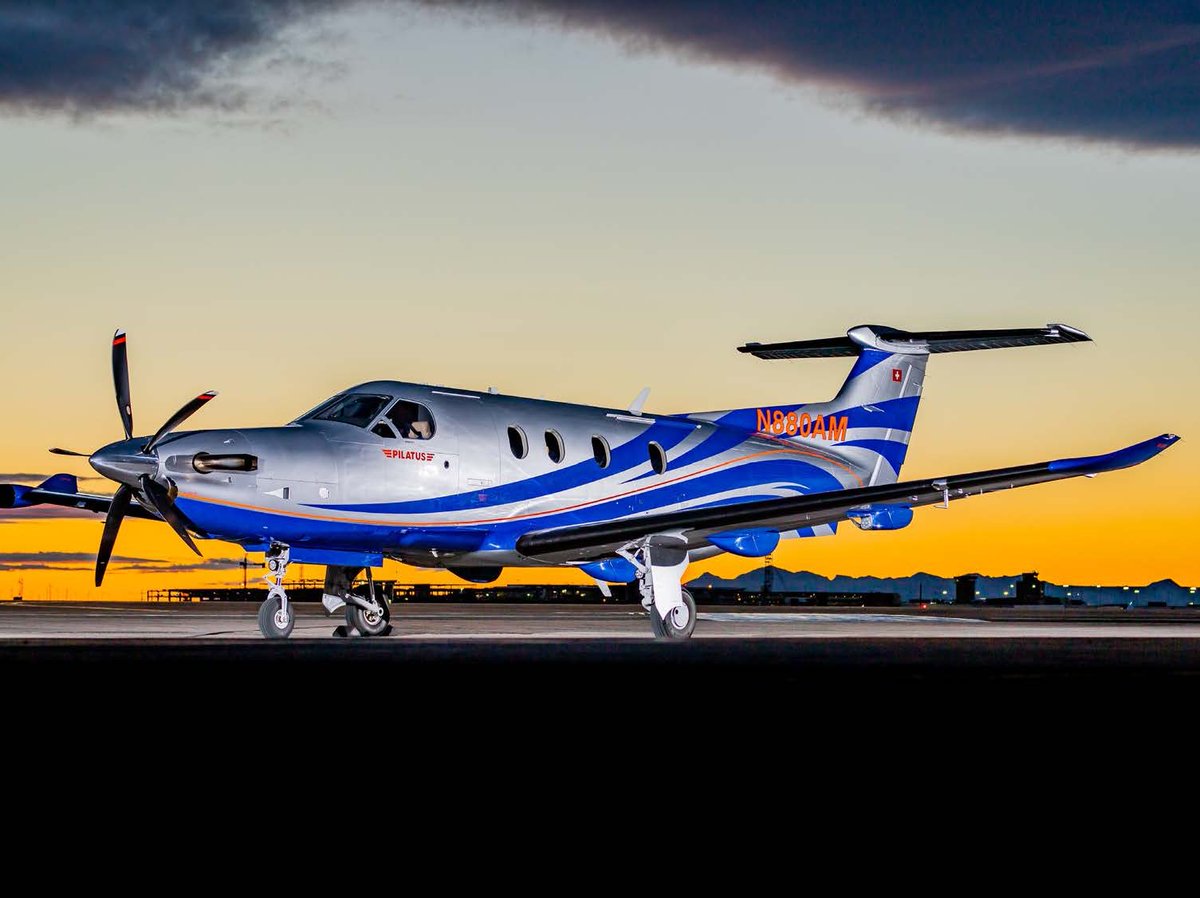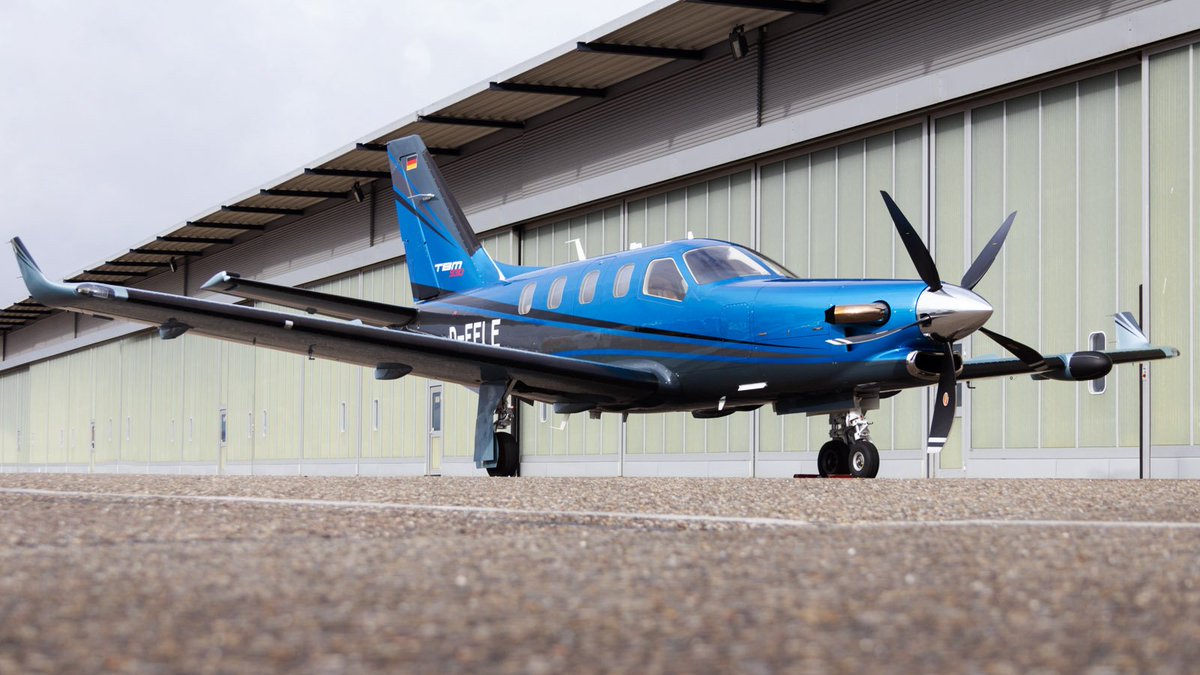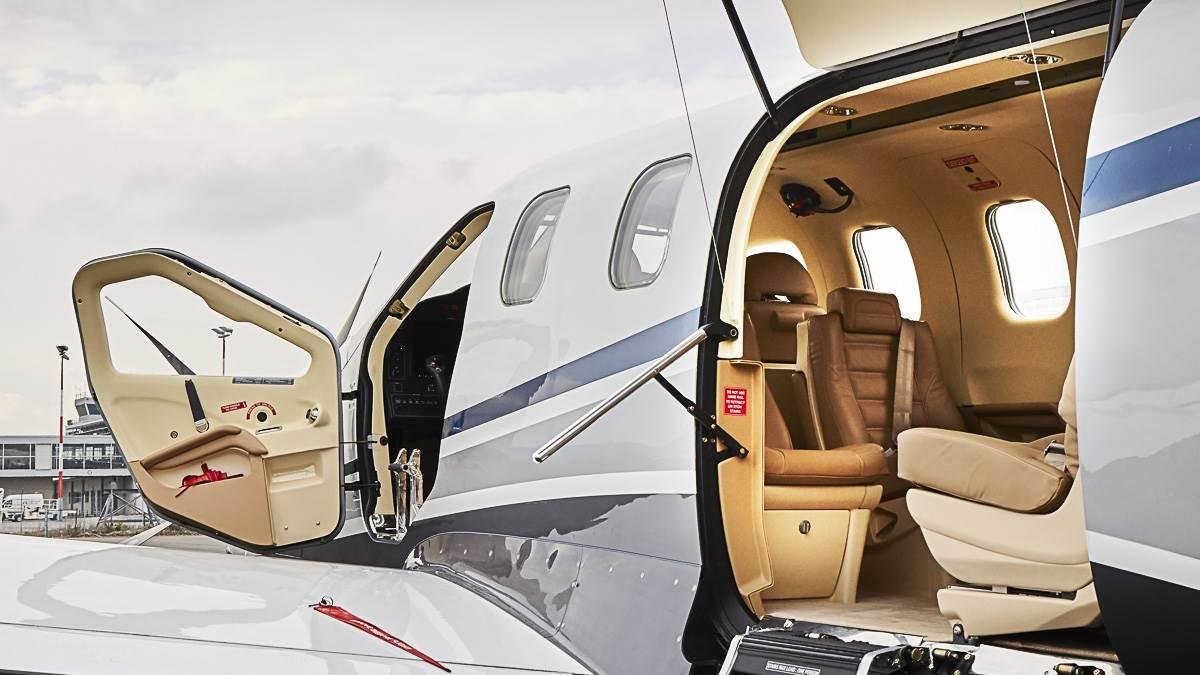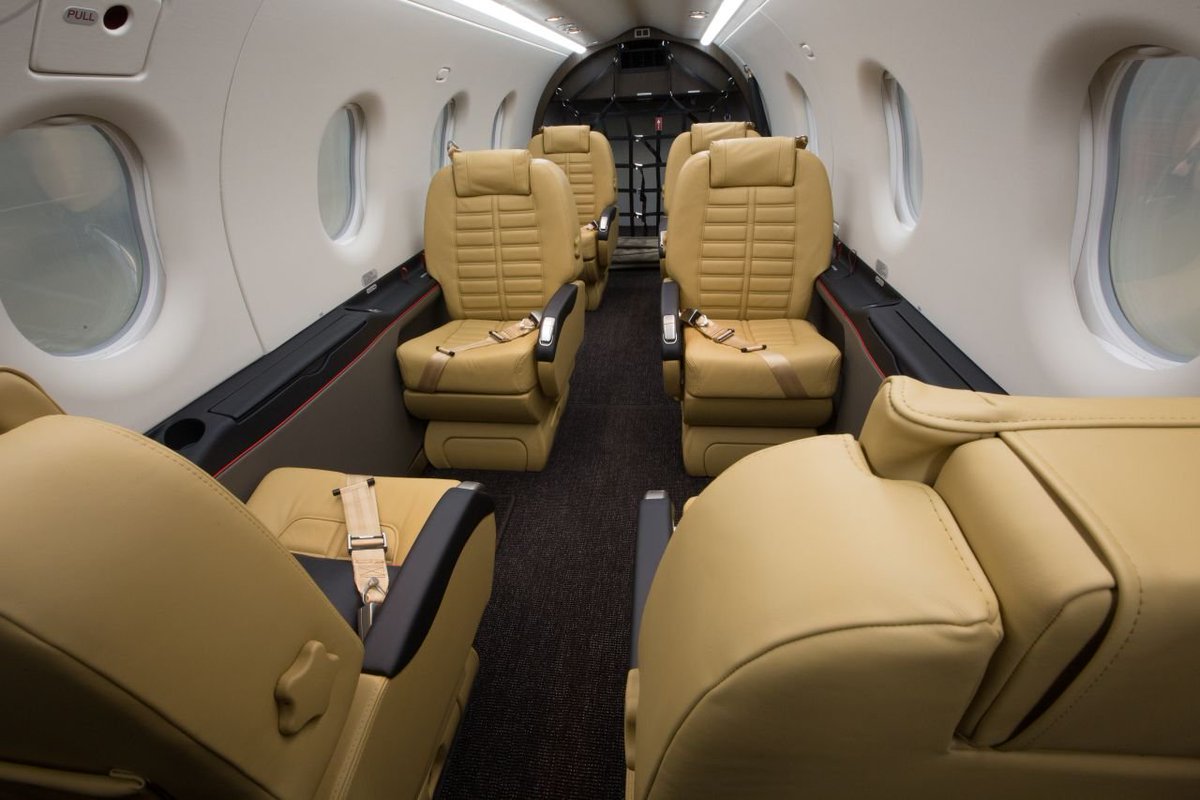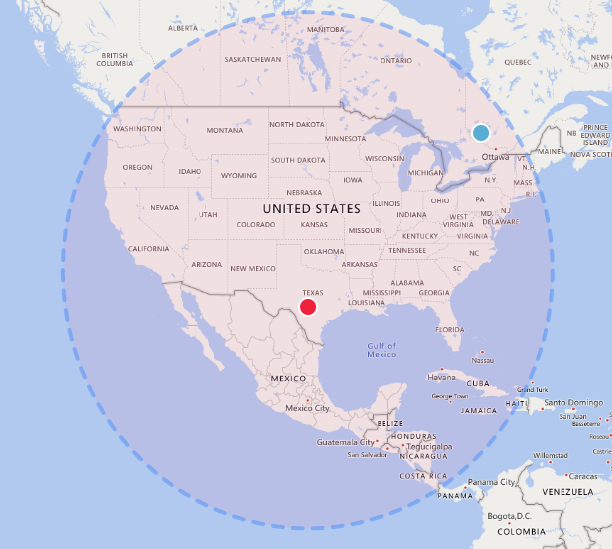HOW TO PHASE INTO AVIATION AS A MID-LIFE PROFESSIONAL OR SMALL BUSINESS OWNER  https://abs.twimg.com/emoji/v2/... draggable="false" alt="🧵" title="collectie" aria-label="Emoji: collectie">
https://abs.twimg.com/emoji/v2/... draggable="false" alt="🧵" title="collectie" aria-label="Emoji: collectie">
You& #39;ve been dreaming about it your whole life. It& #39;s not that hard. Time to become a pilot. https://abs.twimg.com/emoji/v2/... draggable="false" alt="🛩️" title="Klein vliegtuig" aria-label="Emoji: Klein vliegtuig">
https://abs.twimg.com/emoji/v2/... draggable="false" alt="🛩️" title="Klein vliegtuig" aria-label="Emoji: Klein vliegtuig">
I& #39;m a CFI and small biz owner and own my own plane I fly for biz and fun. I& #39;ll walk you through it!
You& #39;ve been dreaming about it your whole life. It& #39;s not that hard. Time to become a pilot.
I& #39;m a CFI and small biz owner and own my own plane I fly for biz and fun. I& #39;ll walk you through it!
If you live in the USA, flying is one of the most uniquely insanely awesome things you can do as a private citizen. There& #39;s ~8,000 airports & you can land within 5 minutes of almost anywhere. And if you make 6-figures or have a 7 or 8 figure revenue business, you can afford it!
First, how old are you? Once you& #39;re a pilot, you& #39;re a pilot for LIFE. And most people today can happily, safely fly into their 70& #39;s if they stay in good health. It& #39;s never too late to learn, but the earlier you get your license the more years and decades you can enjoy it!
Steps:
1) go get a 3rd class medical certificate from an aviation medical examiner. costs like $100 or so and takes an hour. google it. your vision doesn& #39;t have to be perfect. but you want to catch any medical issues early before you get deep into training.
1) go get a 3rd class medical certificate from an aviation medical examiner. costs like $100 or so and takes an hour. google it. your vision doesn& #39;t have to be perfect. but you want to catch any medical issues early before you get deep into training.
2) buy a private pilot groundschool course from King& #39;s schools or similar. read it, watch the videos, go take your Private Pilot written exam and pass it. It& #39;s not that hard, just study up and do it. now you& #39;re on the clock and have 24 months to pass your flying checkride!
3) do your flight training! find a good flight school near you with well-maintained aircraft and go up on an intro flight. Commit to flying 2-3X a week for maximum time and money efficiency while you train. Will take 3-6 months and $10-14K all-in, then you& #39;re a pilot for life!!!
Minimum flying hours for private license is 40 hours. I soloed at 12 hours and got my license at 42 hours, flying 2-3X/week. If you& #39;re efficient and committed you should be done within 50 hours or so and can now fly anywhere with passengers in good weather.
You can keep proficient flying as little as once a month or so, renting from your flight school once you& #39;re a pilot, I& #39;m talking a couple grand per year to stay in the air. And if you are broke for a season, you can stop flying and pick it up later anytime. You don& #39;t lose it.
I actually took a 13 year break while I was having kids and starting career and didn& #39;t have any excess funds for flying, then got right back into it once I had the means. It& #39;s like riding a bike and comes right back, just get some lessons again and you& #39;re good!
Let& #39;s talk airplanes / ownership path. I trained and instructed in Cessna 172& #39;s and think they& #39;re phenomenal trainers. But you have lots of good options. I think if your end goal is a Cirrus SR-22 someday, you should probably start training in a Cirrus SR-20 at a Cirrus center.
I view it as kind of parallel paths whether you go Cirrus or fly other brand planes, but you can of course always switch. But if Cirrus is calling your name with their sleek modern offerings, you may want to spend a little extra and go Cirrus all the way from the beginning.
Cirrus has a really cool program that can take you from the SR20 trainer/good first plane to high performance SR-22, and onto a single engine jet! If your funds allow the training track is really slick and flows nice. But you pay a bit more for the niceness.
If I was starting from scratch I would probably pick a Cessna 182 as my first airplane. And I would probably buy midway through private pilot training, post-solo, when I was confident I was gonna finish and take my check ride in it.
I like the C-182 because it& #39;s durable enough to bang around training in, capable enough to fly for years after you get your license happily, and just a great stable platform to learn your instrument rating on. It& #39;s docile and reminds me of an F-150 of the sky. Hauls fat guys fine
Other good options for a first plane would be C-172 (little brother of the 182), a Piper Cherokee, or any other fixed-gear, 4 seater would be my recommendation. But I& #39;m partial to fixed gear cessnas. 172, 177, 182. Cost for these is 100-300K for good used ones. Financeable.
In general, regardless of plane, don& #39;t buy a plane if you& #39;re not going to fly more than 50-75 hours per year. It makes no sense to buy vs rent until you are gonna fly that much. But if you can commit to flying regularly, definitely would buy. I think ideal is flying ~100hrs/year.
Once you& #39;re a Private Pilot I& #39;m gonna encourage you to fly often and work on getting your Instrument Rating. Getting Instrument rated will allow you to fly through clouds, make you a safer pilot in general, and make the plane more useful for business transportation.
You are now in what I am gonna call PHASE 1. As a newish pilot under 500 hours. You have your SR-20, 172, 182, or Cherokee and have or are working on your instrument rating. Your plane& #39;s fuel and your bladder range mean you fly up to 400-500 miles between stops max.
You get anywhere about 2X faster than driving. A 5 hour drive might be a 2.2 hour flight, but it& #39;s 10X more fun.
Here& #39;s what 450 mile radius looks like from LA, Denver, Dallas, Nashville, and Tampa. Even the slowest Phase 1 planes can cover that radius in 4 hours or less. You occasionally go on multiple-leg cross countries but usually fly to cool stuff within 1 fuel tank of your home base.
Cost for this Phase 1 pilot lifestyle is gonna be $12-18K per year all-in if you& #39;re flying ~100 hours.
Costs:
Hangar $100-700/mo depending on location
Fuel ~$75/hr or so depending on price and plane
Maintenance $2-5K/year
Insurance $2-3K/year
Other/Subscriptions ~$1K/yr
Costs:
Hangar $100-700/mo depending on location
Fuel ~$75/hr or so depending on price and plane
Maintenance $2-5K/year
Insurance $2-3K/year
Other/Subscriptions ~$1K/yr
How will you know when you& #39;re financially ready?
For me, I decided to buy my first plane when I knew it wouldn& #39;t exceed 10% of my Net Worth in acquisition cost, nor exceed 5% of my business& #39; revenue operating. That seemed safe for to start and those costs %-wise shrank over time
For me, I decided to buy my first plane when I knew it wouldn& #39;t exceed 10% of my Net Worth in acquisition cost, nor exceed 5% of my business& #39; revenue operating. That seemed safe for to start and those costs %-wise shrank over time
The right mindset for Phase 1 flying is MAKE MEMORIES. Take your friends, family, clients up. Take as many people on their first flights as possible. Use your plane to make tons of unique forever memories and deepen your relationships.
With these planes and your low time and esp. before instrument rating, don& #39;t think it& #39;s always gonna be practical for serious transportation. Fly in good weather. Take airlines or cars when in doubt. Play it safe. Think of your plane as a fun memory maker and schmoozing machine.
Once you& #39;ve been faithfully flying about 5 years, have ~500 hours and an instrument rating, if you want to step up to a whole new level, you& #39;re now insurable in a higher performance hot rod that goes faster and farther with ease. Sell your first plane and buy your second!
Phase 2 is where you get a Bonanza, Mooney, Saratoga, SR-22, Cessna TTX, etc. These planes are serious travelers. They go ~200mph and some have turbos, oxygen, retractable gear, anti-ice gear, and can get you over, through, or around more weather.
Plan on spending 200-700K for a solid, used "Phase 2" plane depending on year and fanciness but performance will be similar. You& #39;re new operating/ownership costs all-in for ~100hrs/year will be 20-35K as fuel, maintenance, and insurance are all a bit more.
But holy moly look at the range and speed difference! Here& #39;s what 4 hours flying one of these beautiful beasts can do for you from LA, Denver, Dallas, Nashville, and Tampa. You can get anywhere in the USA easily in one fun day with maximum 1 fuel stop going high and fast.
When you& #39;ve got a Phase 2 bird, you are about 4x faster than driving and usually beat airlines point to point (no having to go through big hubs, no security lines, etc. just get to plane and take off in 15 minutes after a quick preflight and land exactly where you want 2 be)
My Bonanza for example lets me have days where I& #39;ll go to meetings in Dallas and Houston from my home base near San Antonio, with 1 hour between each city instead of 4-5 hours drive each leg, and be back for dinner! It& #39;s truly a time machine in regional flights 100-800 miles.
More details: I have a 50/50 partnership on a 1981 Bonanza A36, with an upgraded 550 continental turbonormalized engine. It& #39;s worth ~$300K or so and I only had to buy half of it. It has a 1440lb useful load and can fly up to 20K feet high at speeds up to 200KTAS. A 6-seat beast.
Acquisition cost was the easy part. I was able to 100% finance my half over a 10 year note and my payment was like $1280/mo. And depreciating the plane saved me more than acquisition cost me in taxes.  https://abs.twimg.com/emoji/v2/... draggable="false" alt="🤯" title="Ontploffend hoofd" aria-label="Emoji: Ontploffend hoofd"> And plane has gone way up in value.
https://abs.twimg.com/emoji/v2/... draggable="false" alt="🤯" title="Ontploffend hoofd" aria-label="Emoji: Ontploffend hoofd"> And plane has gone way up in value.
My all-in cost since I share some costs is probably $20K/year or so. It pays for itself now. For instance, I took on a consulting gig in Dallas last year on a family internal business sale that paid me $20K that I couldn& #39;t have done without 3 quick trips there and back in the Bo.
Probably 80-90% of my flying expenses are tax deductible thanks to my business use of the plane, but I& #39;m gonna have to do another thread on tax strategy for pilots since this one& #39;s gonna be so long.
My biz employs ~10 people and airplane is about as much cost as a part time person and I kind of see her that way. I guess I& #39;m trying to say don& #39;t be intimidated if you& #39;re a small biz owner. If you can employ 10 productive people, you can employ 10.5 people and not go broke.
Overall, Phase 2 is pretty awesome. It& #39;s making memories and can be a practical business transport machine. Definitely helps me make more money and makes a great impression on clients. And I got to fly with no mask on the last 2 years woohoo. And no TSA woohoo.
Of course there& #39;s always higher levels. Phase 3 for me is still a ways off but once you& #39;ve got an 8-figure net worth a business doing 8-figures revenue that requires substantial domestic travel, you could consider a SETP, single engine turboprop! Pilatus, TBM, etc.
These babies are full pressurized, fly much higher and faster, and cost $1-2.5M for a good one and $150-250K/year of operating expenses if you fly it a lot. But they haul lots of people and stuff really fast and are sweet and can be flown by you once you& #39;re about ~1000 hours.
From my home airport, a Pilatus PC-12 would get me about anywhere in the USA, Canada, or Central America non-stop in comfort and style with 7+ passengers and a jet-like interior. This is my "someday" dream if I can do well enough in business. But I& #39;m happy at phase 2 till then.
Other clutch tips:
- get a great noise canceling bluetooth capable headset. they& #39;re amazing. I have Bose ones and like them.
- generally advise just stay away from twin engine planes and go in phases 1, 2, 3 as described as your upgrade plan
- get a great noise canceling bluetooth capable headset. they& #39;re amazing. I have Bose ones and like them.
- generally advise just stay away from twin engine planes and go in phases 1, 2, 3 as described as your upgrade plan
- if you don& #39;t love your flight instructor, get a new one. it& #39;s important they& #39;re passionate about teaching and you "click" with them. don& #39;t settle for a crappy one just time-building for their next phase of career that isn& #39;t a good teacher. search at http://nafinet.org"> http://nafinet.org
- join AOPA, it& #39;s the biggest advocacy group for GA pilots and has lots of good resources, just don& #39;t use them for insurance
- for insurance I highly recco @AirspeedParker with Airspeed Insurance. He& #39;s a wizard and will teach you everything and get you best deals. Also a CFI.
- for insurance I highly recco @AirspeedParker with Airspeed Insurance. He& #39;s a wizard and will teach you everything and get you best deals. Also a CFI.
- Airplane shopping is competitive. Get exactly what you want in the hands of a bunch of brokers. Many deals never even see the for sale websites.
- cruise wingswap, FB groups, controller, barnstormers, forums, and tradeaplane for listings
- don& #39;t buy the cheapest plane
- cruise wingswap, FB groups, controller, barnstormers, forums, and tradeaplane for listings
- don& #39;t buy the cheapest plane
- do buy a plane that& #39;s been flown often and recently and has been well maintained with excellent records and get a thorough pre-buy inspection
- paint jobs and new interiors are the easiest things to upgrade on used planes, so make sure you get one that& #39;s great mechanically
- paint jobs and new interiors are the easiest things to upgrade on used planes, so make sure you get one that& #39;s great mechanically
- get a CPA that has experience in with aircraft owning clients because good ones know so many awesome angles on tax strategy
- realize there are steps between just renting and 100% owning. Flying clubs, partnerships, etc. can be awesome if you can find one that fits.
- realize there are steps between just renting and 100% owning. Flying clubs, partnerships, etc. can be awesome if you can find one that fits.
- don& #39;t F with thunderstorms or mountains
- set personal limits on crosswinds & windspeed that you& #39;re comfortable with + visibility, cloud height etc. (safe for you), and never violate them (they should be more conservative than what& #39;s legal to fly in or maximum for the plane)
- set personal limits on crosswinds & windspeed that you& #39;re comfortable with + visibility, cloud height etc. (safe for you), and never violate them (they should be more conservative than what& #39;s legal to fly in or maximum for the plane)
- you have a lot more good plane options at lower prices at 4 seats than 6 seats
- once you need more than 6 seats, there& #39;s a massive jump up in expenses since you& #39;ll need a twin or turboprop generally
- once you need more than 6 seats, there& #39;s a massive jump up in expenses since you& #39;ll need a twin or turboprop generally
- if this is purely a fun pursuit, there& #39;s even cheaper ways to fly than this path I& #39;m describing towards serious traveling planes. check out paramotoring, gyrocopters, light sport, ultralights, gliders, bush planes, parasailing, etc. very accessible and super fun all of them.
- stick to the financial rules of thumb I just made up (make sure the plane acquisition costs at least 1-figure less than your net worth if personal or biz revenue if a biz plane, and keep annual operating 1-figure less than plane cost and it will probably all work out)
- good planes hold value really well and you can always sell for a season if you need to for financial reasons. many of us have done so. no shame in that. you& #39;re still a pilot/aviator when between planes.
- older planes (10-40yo) are fine if well-maintained, they just get rebuilt periodically, these things aren& #39;t like cars where they go to the junkyard, useless and obsolete after 200K miles. throw out every car comparison, it& #39;s apples and oranges. Planes last and are upgraded.
- don& #39;t try to spreadsheet-justify this as a smart financial move. It is expensive. I& #39;m just saying it& #39;s ATTAINABLE, more attainable than people assume it is- not saying it& #39;s the "smart-money" move. You& #39;ll probably die a little richer if you stay away from General Aviation.
- For me, living a life of maximum freedom, making memories, creating awesome experiences, meeting amazing people I wouldn& #39;t meet otherwise, the challenge and thrill of it all... it is worth it. I know I would have regretted never having gone for making aviation part of my life.
If you& #39;re wired like me and taking to the sky has always been in the back of your mind, calling to you, I hope this thread inspires you to answer the call. Ask any questions in comments and me and other pilots will happily answer and help. /END THREAD
If you enjoy this content please give me a follow @ClintFiore. I share lots of cool stuff about small business, business deals, and aviation. And easiest way to share is click on this original post and retweet. Blue skies! https://twitter.com/ClintFiore/status/1527983297233530882">https://twitter.com/ClintFior...

 Read on Twitter
Read on Twitter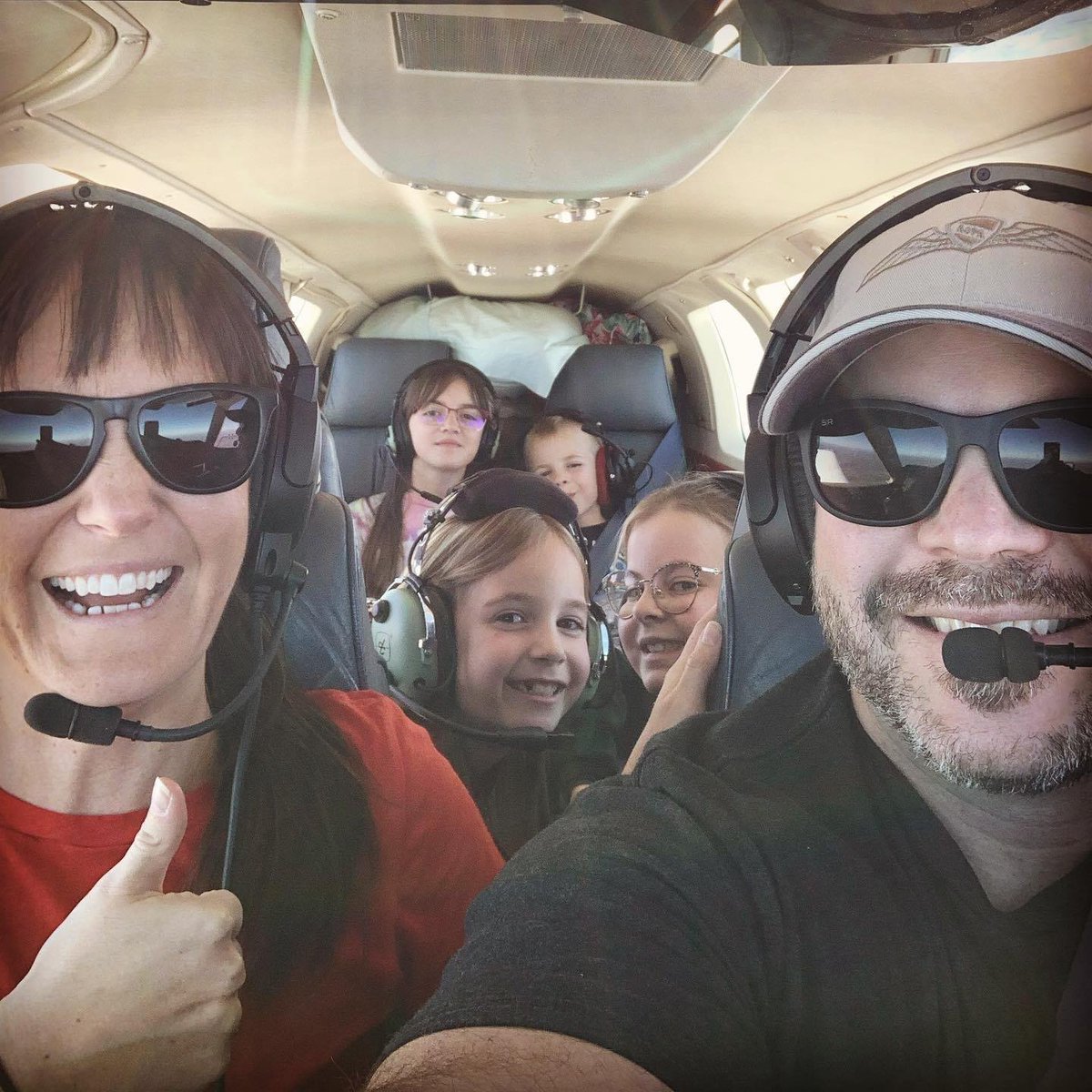 You& #39;ve been dreaming about it your whole life. It& #39;s not that hard. Time to become a pilot. https://abs.twimg.com/emoji/v2/... draggable="false" alt="🛩️" title="Klein vliegtuig" aria-label="Emoji: Klein vliegtuig">I& #39;m a CFI and small biz owner and own my own plane I fly for biz and fun. I& #39;ll walk you through it!" title="HOW TO PHASE INTO AVIATION AS A MID-LIFE PROFESSIONAL OR SMALL BUSINESS OWNER https://abs.twimg.com/emoji/v2/... draggable="false" alt="🧵" title="collectie" aria-label="Emoji: collectie">You& #39;ve been dreaming about it your whole life. It& #39;s not that hard. Time to become a pilot. https://abs.twimg.com/emoji/v2/... draggable="false" alt="🛩️" title="Klein vliegtuig" aria-label="Emoji: Klein vliegtuig">I& #39;m a CFI and small biz owner and own my own plane I fly for biz and fun. I& #39;ll walk you through it!" class="img-responsive" style="max-width:100%;"/>
You& #39;ve been dreaming about it your whole life. It& #39;s not that hard. Time to become a pilot. https://abs.twimg.com/emoji/v2/... draggable="false" alt="🛩️" title="Klein vliegtuig" aria-label="Emoji: Klein vliegtuig">I& #39;m a CFI and small biz owner and own my own plane I fly for biz and fun. I& #39;ll walk you through it!" title="HOW TO PHASE INTO AVIATION AS A MID-LIFE PROFESSIONAL OR SMALL BUSINESS OWNER https://abs.twimg.com/emoji/v2/... draggable="false" alt="🧵" title="collectie" aria-label="Emoji: collectie">You& #39;ve been dreaming about it your whole life. It& #39;s not that hard. Time to become a pilot. https://abs.twimg.com/emoji/v2/... draggable="false" alt="🛩️" title="Klein vliegtuig" aria-label="Emoji: Klein vliegtuig">I& #39;m a CFI and small biz owner and own my own plane I fly for biz and fun. I& #39;ll walk you through it!" class="img-responsive" style="max-width:100%;"/>
